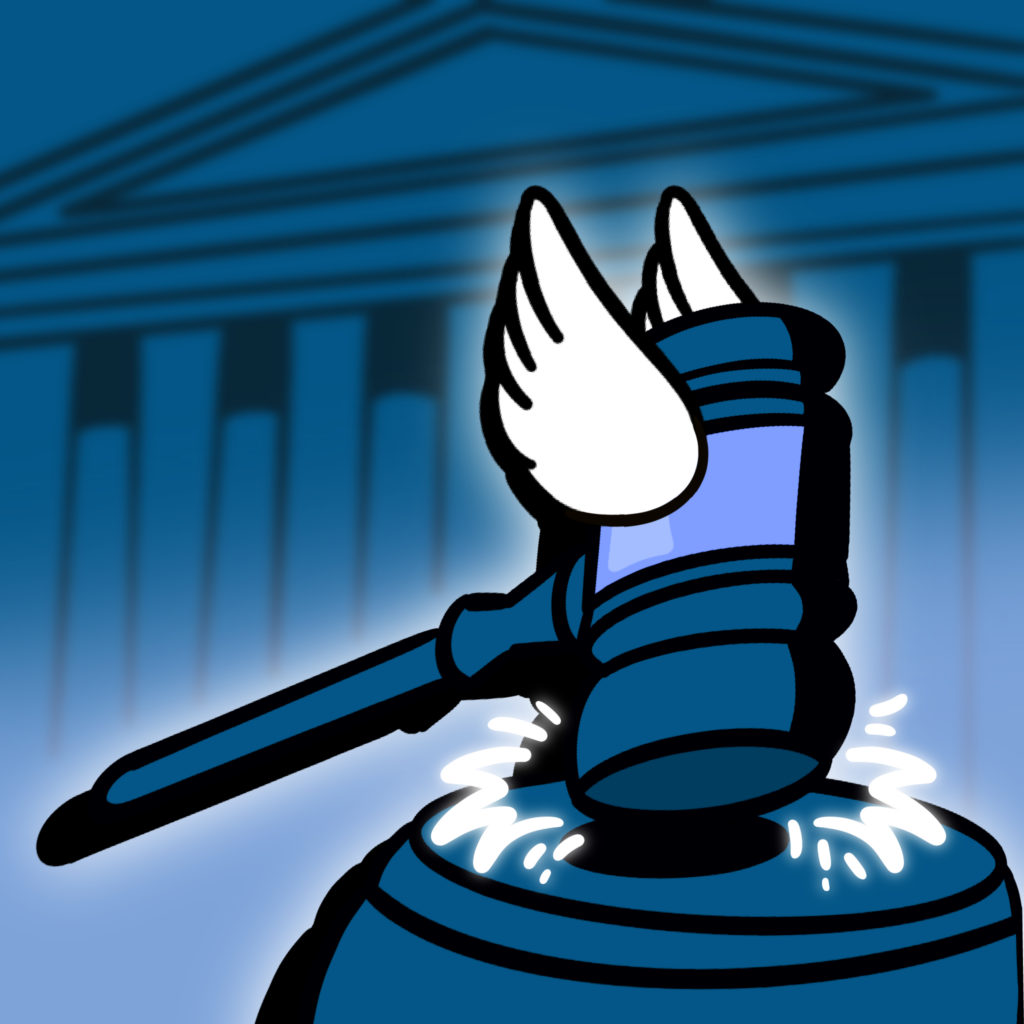It’s SCOTUS Season: The Supreme Court (SCOTUS) plans to announce a slate of pivotal decisions this summer. Most notably, it will rule on Dobbs v. Jackson Women’s Health Organization, which could overturn abortion rights set in Roe v. Wade (1973). It will also decide New York State Rifle & Pistol Association Inc. v. Bruen, which could limit a state’s ability to create gun-control laws. Other expected decisions will address voting rights, criminal sentencing, religion in public education, immigration, and gas emissions.
Recent events — including the January 6 riot, the leak of the Supreme Court’s initial draft of its Dobbs decision, and the Uvalde school shooting — have charged these cases with emotion. You and your peers may have even advocated on behalf of some of the causes on which the Supreme Court will rule through fossil fuel divestment efforts at your school, March for Our Lives, or pro-life and pro-choice protests.
But how did we get here? How does a case reach the Supreme Court? And how do the nine people who make up the Court — its justices — make their decisions?
How does a case get to the Supreme Court?
The most common method of submitting a case to the Supreme Court is by requesting a review of one’s entire case, including the way in which lower courts ruled. These reviews are called writs of certiorari. Judges of lower courts can also send a case to the Court for clarification — especially when courts rule differently on a topic, known as a circuit split. Congress can also send appeals to SCOTUS on issues that they find highly important.
Furthermore, a few kinds of cases can be initially filed in the Supreme Court (most of those involve conflicts between two states or between international ambassadors). Besides these instances, the SCOTUS is an appellate court, meaning that it decides whether the ruling of a lower court stands. It does not debate the facts of cases; rather it only judges whether the lower court’s decision was legally correct. Hence, most cases that come to the Supreme Court have already been debated in numerous other courts.
All legal cases usually begin in a trial court, where witnesses testify and evidence is offered — like the courts you usually see on TV and in movies. If a party disagrees with the trial court’s ruling, it can ask a court of appeals to review it. Usually, the Supreme Court reviews the decisions of the United States Courts of Appeals and the highest courts of state governments. Those courts and the trial courts are referred to as “lower courts,” and the Supreme Court is known as the highest court in the land — meaning it has the last word on cases.
What happens once a case gets to the Supreme Court?
Over 7,000 writs of certiorari are filed with the Supreme Court each term, but the Court only grants a handful — usually 60 to 80 — to review per term. SCOTUS’s term starts in the first week of October and ends toward the end of June or the beginning of July, after which, like you, the Court takes a summer recess.
The case selection process starts with formatting checkpoints: Was the case submitted in the proper style, font, and page color? Was it submitted on time? All of the minor details that your teachers may ask of you with your school assignments are also very important to the Court.
As the highest court in the land, SCOTUS doesn’t hear just any case. It will usually only grant a writ of certiorari in cases where the lower courts have reached different outcomes — a circuit split law. Imagine how confusing it would be if the law meant one thing in some parts of the United States and something else in other parts!
SCOTUS may also grant certiorari in cases where the issues at hand are exceptionally important or controversial. The Court has additionally been known to select cases in which the federal and state governments disagree or ones that contradict past SCOTUS decisions, like Dobbs with Roe. Justices also sometimes consider the likely result of the case in their decision making process: What effect will it have on U.S. citizens?
The justices decide which cases to hear by taking a vote after reading the petitions for writs of certiorari. If four justices vote to hear the case, the Court will “grant cert,” and the case will be put on the Court’s calendar.
What happens once a case is chosen by the Supreme Court?
If the Supreme Court agrees to hear a case, the parties are required to submit written arguments called briefs in support of their stance. The justices carefully review the briefs and work with their clerks — recent law school graduates — to start forming their opinions about which side should prevail. This process takes around two and a half months.
After they review the briefs, the Court holds an oral argument between the attorneys of each side of the case. Both attorneys have 30 minutes to argue their positions to the Court and, most importantly, answer the justices’ questions. Sometimes, the justices let the lawyers talk without much interruption. Other times, they start asking questions before the lawyer gets to say anything other than their name!
How does the Supreme Court reach a final decision on a case?
After oral arguments, the justices have a meeting called “the conference” at which they talk about the briefs and the oral argument and take an informal first vote on what the decision should be. The side that receives the majority votes — at least five of the nine — wins, and that ruling will become the Court’s “majority opinion” and the law that governs the United States.
Sometimes all the justices agree and the majority opinion is the only opinion in the case. Other times, the justices have different views and write their own opinions. If a justice agrees with the majority opinion but reaches that conclusion in a different way, they may write a “concurring opinion.” Their vote still counts as part of the majority. If a justice disagrees with the majority opinion, they may write a “dissenting opinion” about why they think the majority decision is wrong. If a case is won “6 to 3,” for example, that means that six justices agree with the result of the majority opinion and three justices do not and have written or joined a dissenting opinion.
After the justices have drafted the majority, concurring, and dissenting opinions, they read each other’s work. Usually, the justices then go back and rewrite parts of their opinions to address the points that other justices have made. Justices can change their votes if they find another justice’s draft persuasive. In some cases, a dissenting opinion can become the majority opinion and the majority opinion can become the dissent.
SCOTUS considers both the written and oral arguments to reach its decision. In reaching their conclusions, justices also build on the reasoning of past decisions, the exact language of the Constitution, and the Founding Fathers’ intent when writing the Constitution. Generally, the Court does not want to disagree with itself and find that its earlier decisions were wrong.

A justice who votes for the winning side of a case is assigned to write the majority opinion of the Court.If the Chief Justice — the leader of the justices — sides with the majority, they assign the opinion. Sometimes they will even write it themself. In their opinions, the justices explain how they reached their conclusions. It is the ultimate example of showing your work!
The Court starts hearing oral arguments every year in October and tries to issue all of its opinions in the cases that it hears by the end of June. That means many people wait for a final decision for nearly a year after making their oral arguments.
What is the significance of a Supreme Court decision?
Supreme Court opinions establish a roadmap for how the Constitution should be interpreted and, subsequently, a framework for how laws should be written. When the Supreme Court issues an opinion, it becomes the law for everyone in the United States.
Generally, no other court can reach a conclusion contradicting the Court, and it usually will not hear a case that raises an issue it has already heard and decided. But there are exceptions to this rule; sometimes the Court issues an opinion that changes how a law has been understood for many years. Will that situation happen this June? Be on the lookout for some important opinions later this month!



